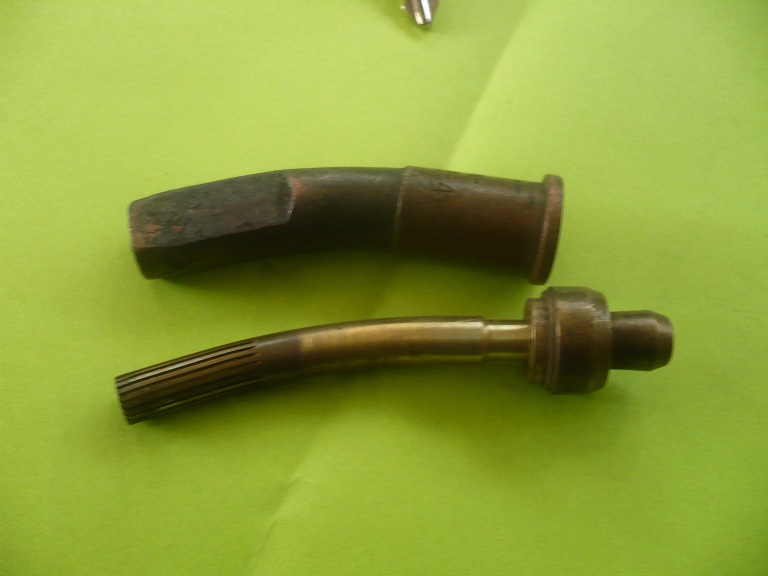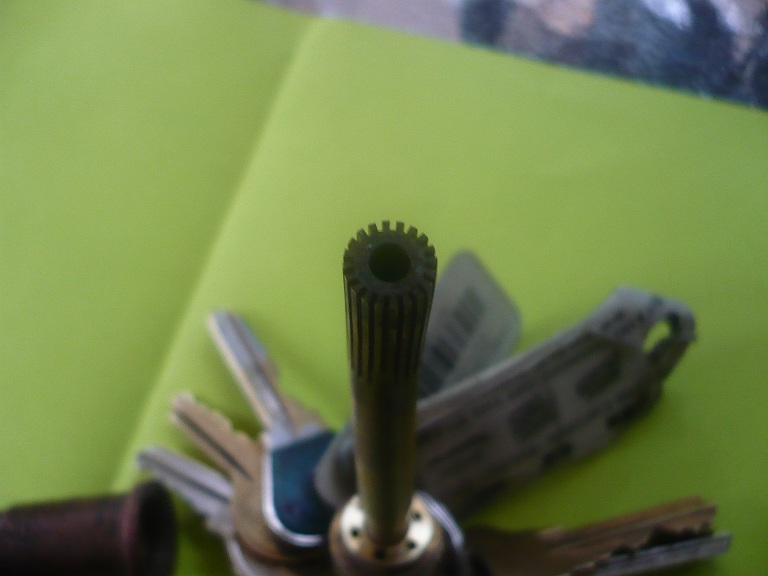You could use another really big welding/brazing tip or a large cutting tip in another torch [both torches at the same time] to get the start point up to temperature sooner.
At the auto & truck frame plant We used oxy propane on a line tracer to cut plate, at times heavy plate. To get the start point up to temperature sooner, the preheat from a hand cutting torch was directed at the same place as the machine torch.
I agree with the other posts here, I believe you have the wrong tip for the fuel gas being used. Propane, Propylene, MAPP, Natural Gas, all use different tips than a standard Oxygen/Acetylene torch set up.
If I remember correctly, all burn slightly cooler than Acet. But not enough to really be all that different if you have the correct tip. I am inclined to second Superflux, don't believe I have seen a true scarfing tip for the other fuels. Doesn't mean they aren't available, just may be harder to find.
Hopefully you are using Propylene or another such variation of Propane. They run better for torches.
While it is great to know how to scarf, air-arc and even grinding is usually faster. The only time scarfing is an advantage is if the equipment is right there, the fastest thing available, and the operator really knows what they are doing. Most people end up gouging/scarfing into the parent metal too deep even when just 'washing' the weld without adding extra cutting pressure oxygen. Then you have a complete repair to make. Depending upon the code and application that is not a good thing. It is also a potential problem to have that much heat concentrated on one area long enough to wash the welds. There it depends on the base material as well as operator skill to not get the area too hot while pre-heating to get the metal to flow.
Have a Great Day, Brent


